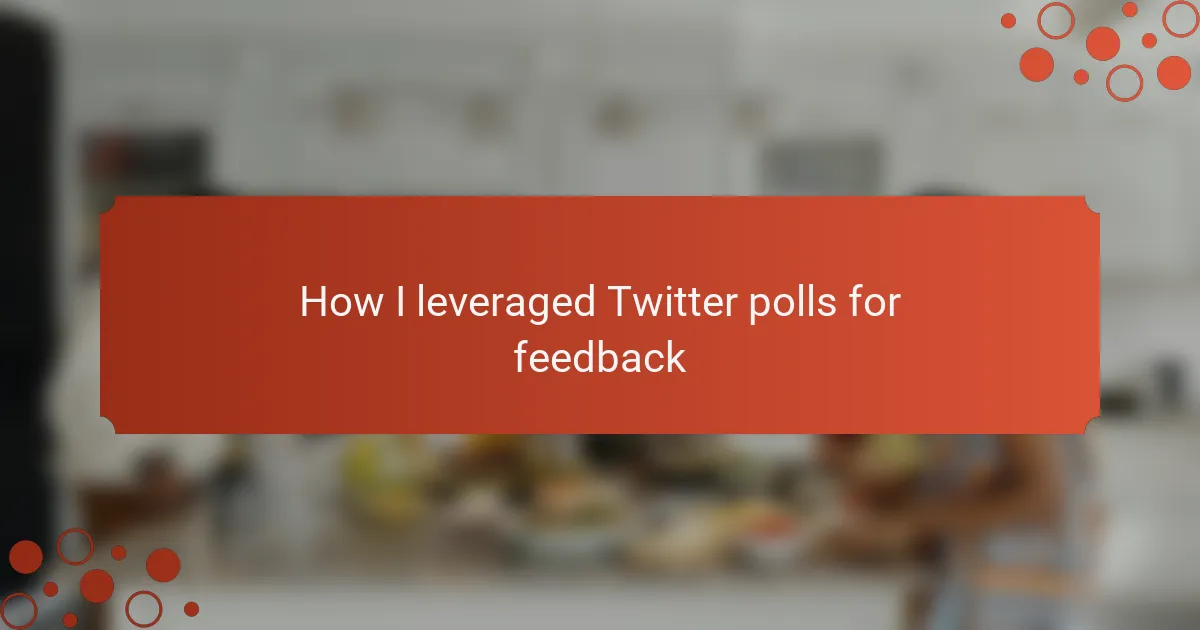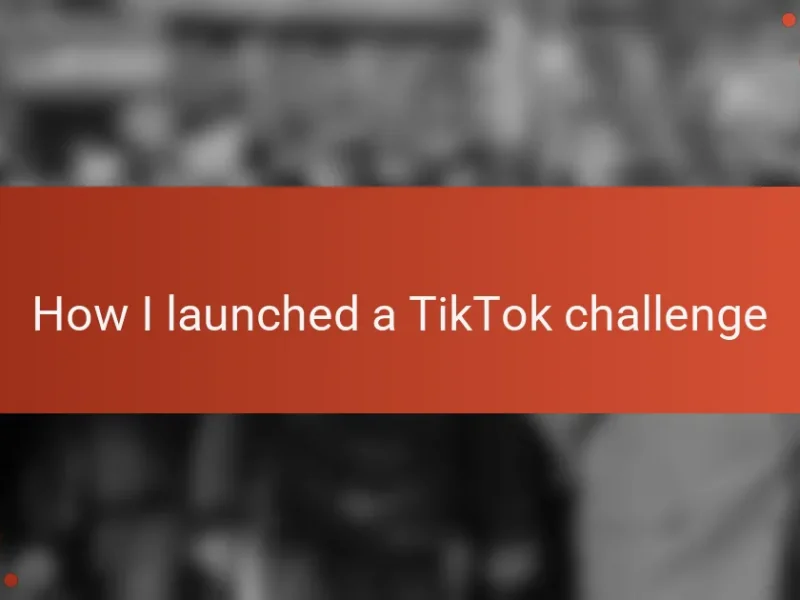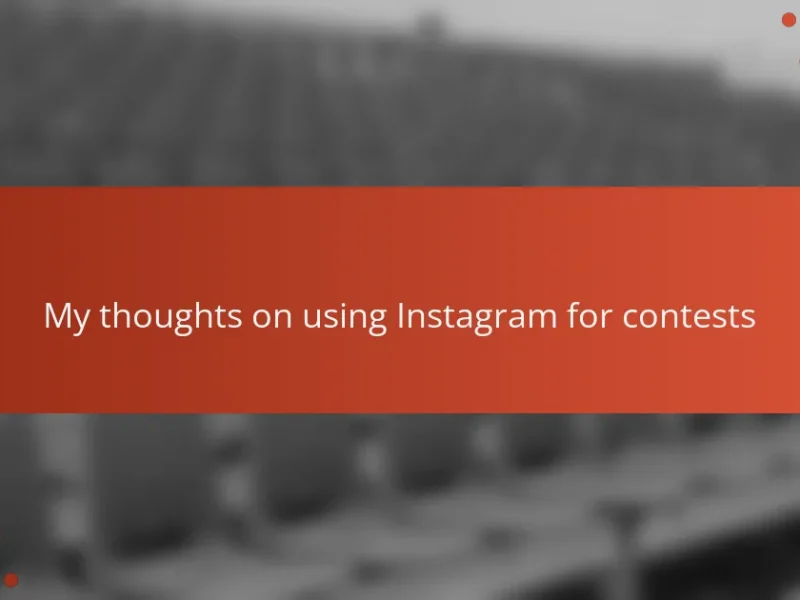Key takeaways
- Twitter polls provide quick and valuable feedback, allowing for real-time engagement with audience opinions.
- Setting clear goals for polls helps gather relevant data and fosters a respectful experience for audiences.
- Effective design of polls involves crafting clear questions and limiting answer options to enhance engagement and insight.
- Analyzing poll results deeply, beyond just popular choices, can reveal consistent audience trends and inform content improvements.
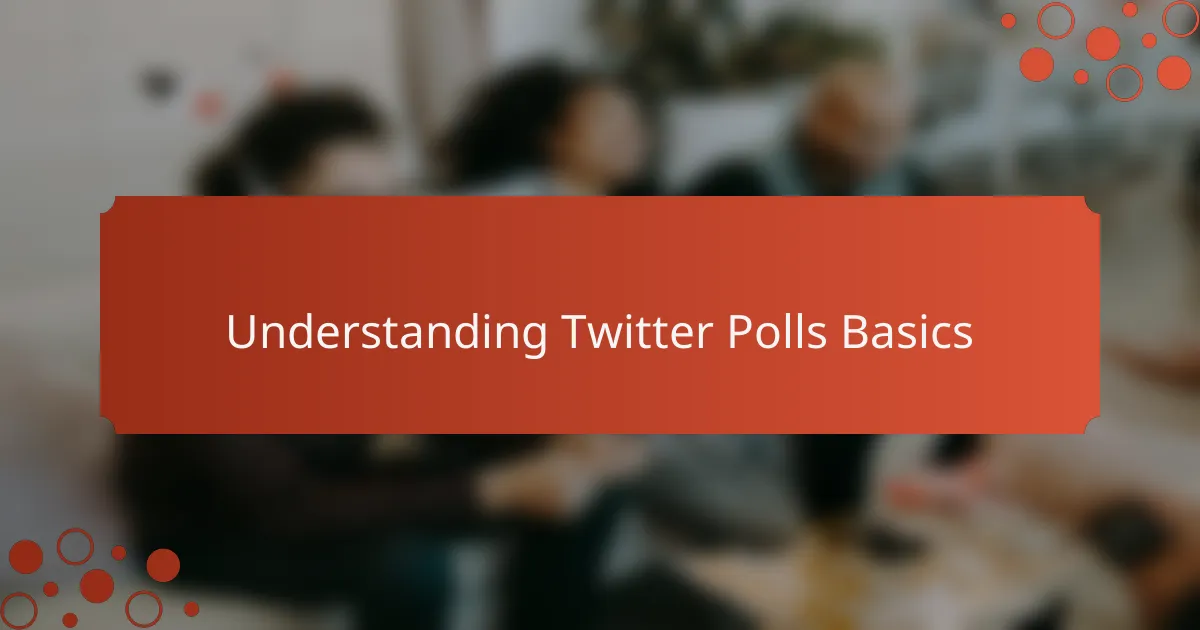
Understanding Twitter Polls Basics
Twitter polls are simply a tool that lets you ask a question and offer multiple-choice answers for your audience to pick from. What’s fascinating is how quickly you get real-time feedback—something I found incredibly valuable when I first used them. Have you ever wished you could know exactly what your followers think, almost instantly? That’s exactly what these polls deliver.
I remember the first time I posted a Twitter poll; I was surprised by how straightforward it was to set up. You just type your question, add up to four options, and hit go. No complicated settings, no steep learning curve. It felt like having a mini focus group at my fingertips.
One important thing to keep in mind is the 24-hour time limit on polls. This initially caught me off guard—answers come in fast but don’t stay open long. This creates a great sense of urgency and pushes people to engage quickly, which can be a real advantage when you want timely opinions without the wait.
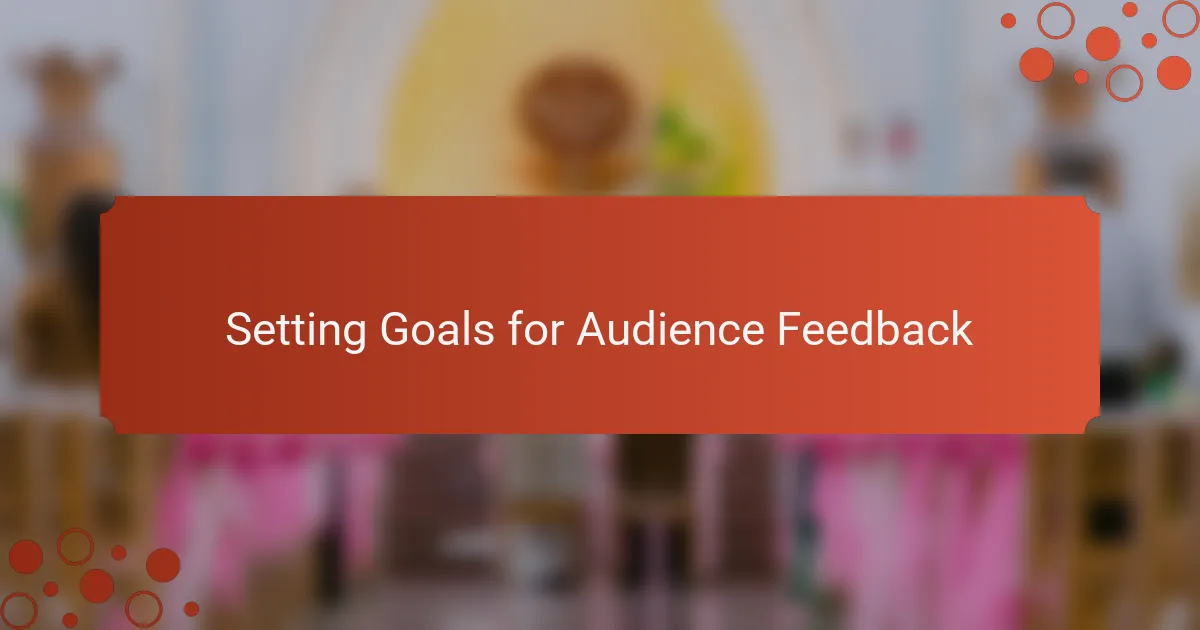
Setting Goals for Audience Feedback
Before diving into Twitter polls, I always made it a point to clarify what I wanted to learn from my audience. Setting clear goals felt like laying a solid foundation—I didn’t want random data; I wanted feedback that could truly shape my video contest strategies. Have you ever launched something without knowing what success looks like? That uncertainty can be paralyzing.
Sometimes, I’d start with broad questions to gauge overall interest or preferences, and other times, I’d drill down into specific aspects like prize choices or judging criteria. This approach made each poll purposeful, almost like having a quick conversation focused on exactly what mattered. When your goals are clear, the responses become a roadmap, not just noise.
I’ve noticed that defining goals also helped me avoid overwhelming my audience with too many polls or irrelevant questions. It made the experience more engaging and respectful on both ends. After all, don’t we all appreciate when someone values our time and opinions? Setting targets for feedback isn’t just strategic—it’s personal.
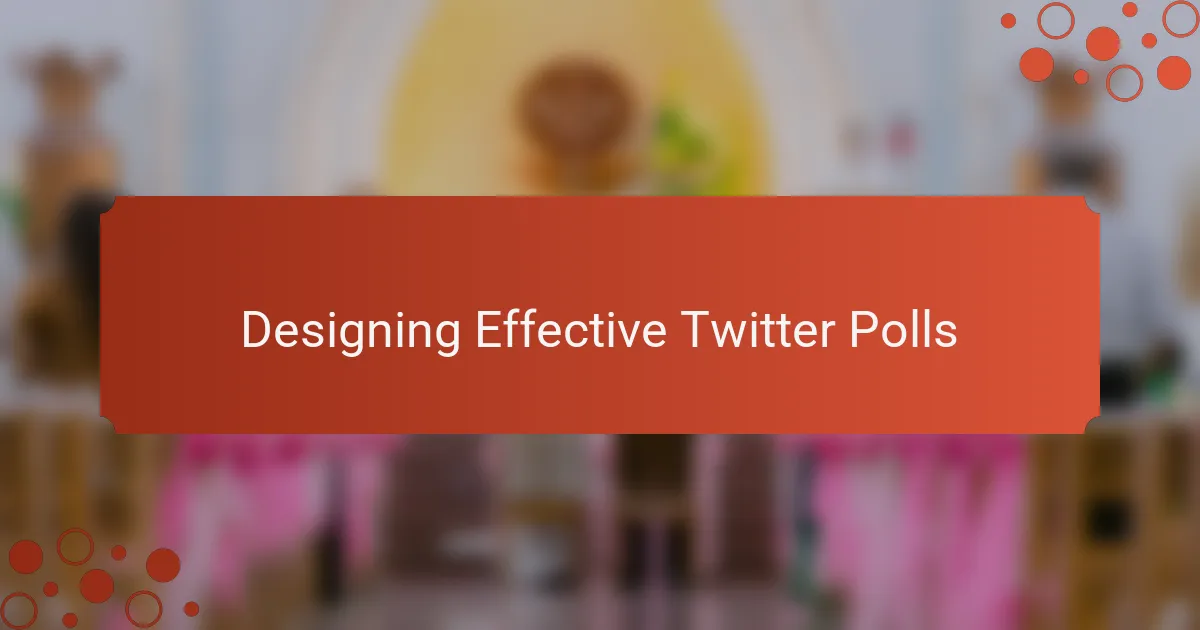
Designing Effective Twitter Polls
Crafting the right question is where I believe the magic of Twitter polls begins. Have you ever been drawn into a poll because the question felt clear and intriguing? That clarity invites participation and signals to your audience that their input truly matters. I learned that vague or overly complex phrasing tends to confuse followers, so I always aim for simple, direct wording that zeroes in on what I want to know.
Choosing the answer options is just as crucial. Early on, I made the mistake of offering too many choices, which ended up overwhelming voters—or worse, splitting the feedback so thin it was hard to interpret. Now, I stick to four or fewer options and make sure each is distinct. This way, the results are cleaner and easier to act upon, giving me sharper insights for my video contest plans.
Timing also impacts effectiveness more than I initially realized. Posting polls when my audience is most active—usually midday or early evening—dramatically boosts engagement. I’ve found experimenting with different times helps identify when followers are most responsive. Have you noticed that some questions seem to get buried if you drop them at odd hours? That urgency combined with the right timing makes your poll feel both relevant and impossible to ignore.
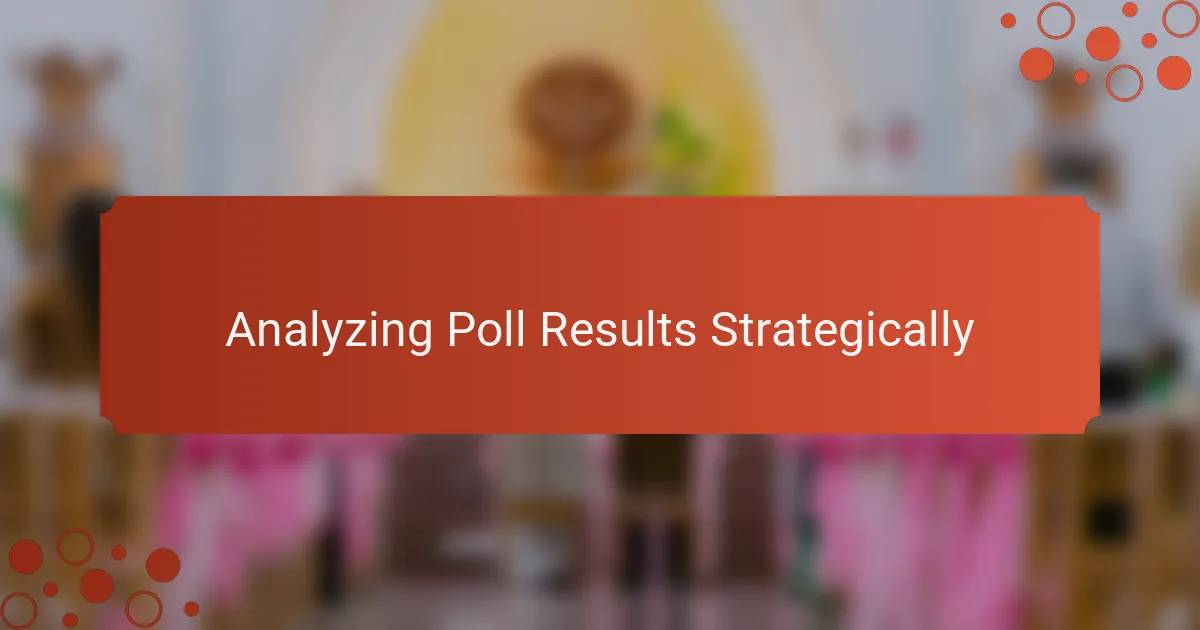
Analyzing Poll Results Strategically
Looking at poll results isn’t just about glancing at percentages; it’s about digging deeper to understand what those numbers really mean. When I first started, I caught myself focusing solely on the most popular choice—but then I realized the real gold was in the runner-up options and even the silent majority who didn’t vote. What stories do those numbers tell if I pay close attention?
I also like to watch for patterns across multiple polls. For example, if a particular option keeps resurfacing as a top choice, it’s a clear signal that my audience’s preferences are consistent. Have you ever noticed how repeated trends can shape your next move? These insights helped me fine-tune video contest themes and engagement tactics, making the experience more relevant and exciting.
Sometimes, the results surprised me, prompting me to re-evaluate assumptions I had about my followers’ tastes. In one case, a poll showed a split opinion that made me realize I needed to offer more diverse contest categories. That moment made me appreciate how valuable honest, direct feedback is—it’s like a secret weapon for growth when analyzed thoughtfully.
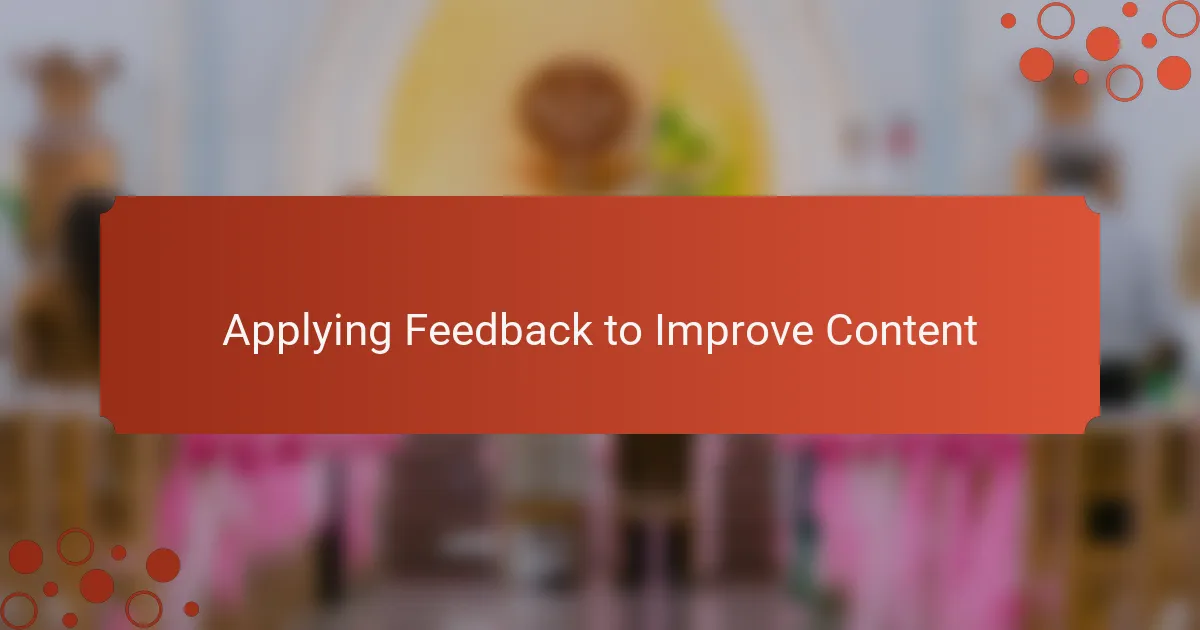
Applying Feedback to Improve Content
When it came time to apply the feedback from my Twitter polls, I realized it wasn’t just about checking off boxes; it became a dynamic dialogue with my audience. Have you ever made a change and felt unsure if it really resonated? I found that carefully interpreting what my followers were telling me, even beyond the obvious results, helped me tweak content in ways that felt both strategic and authentic.
One particular episode stands out: after noticing a clear preference for more interactive video contests, I revamped my approach to include live voting elements. The difference was striking—engagement soared, and the community felt more involved. It taught me that feedback isn’t just data on a screen; it’s a compass guiding meaningful improvements that make the whole experience better for everyone.
Of course, not every piece of feedback needs to be implemented immediately, and sometimes I had to balance diverse opinions thoughtfully. How do you decide which suggestions to prioritize? For me, it’s about aligning changes with my core goals while staying true to the spirit of the contest. This balancing act has made my content stronger and my connection with the audience deeper.
